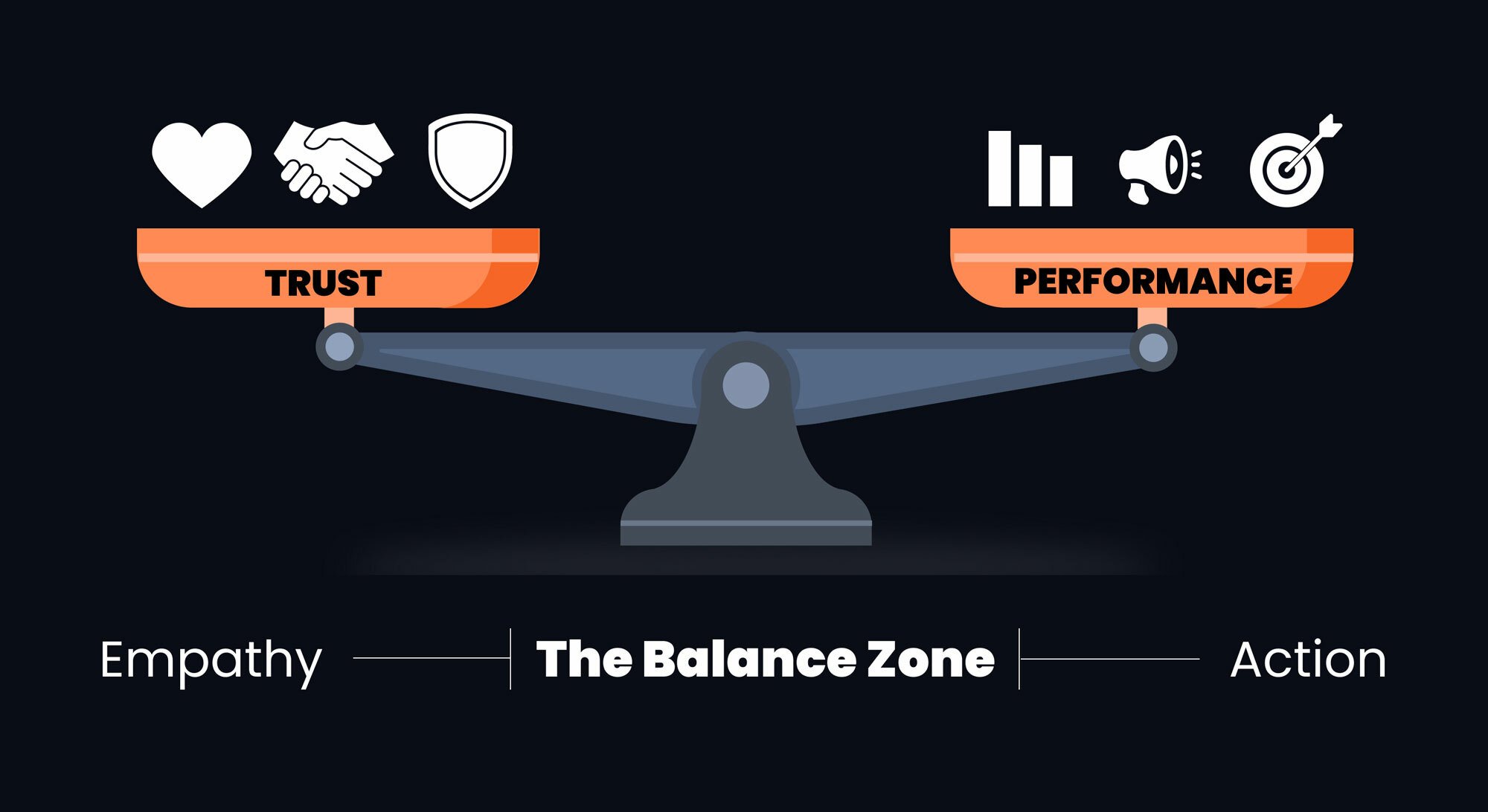Where Design Meets Decision-Making in Healthcare
For many patients and caregivers, your website is the first stop, not the waiting room. Patients, caregivers, providers, and partners all bring expectations shaped by personal care. Your website should reflect that. But many healthcare sites miss the mark. They either feel overly clinical or lack the structure and clarity users need to take the next step.
The goal isn’t just to look credible. It’s to build trust through thoughtful design, clear messaging, and a user journey that connects digital and in-person experiences. Here's how to create that kind of connection, and get results while you're at it.
1. Start with empathy, and back it up with real insight
It’s easy to say that healthcare websites should be "empathetic," but that means more than kind language and calming colors. Real empathy in design comes from deeply understanding what patients, caregivers, and providers are going through, and building around it.
Start by gathering insights from your own team. Frontline staff like care coordinators, schedulers, or call center reps hear directly from your audience every day. Ask what questions come up most often. What frustrates people? What gaps do they constantly fill in over the phone that the website could handle better?
Then take it further. Create a journey map that includes emotional checkpoints. A parent looking for pediatric care may be anxious and under time pressure. A referring provider may just need a fast path to a contact form. Use that understanding to guide your site’s tone, visuals, and structure.
Want more depth? Conduct short interviews with real patients or caregivers to understand their expectations. Even five conversations can shift your team’s mindset around tone and clarity.
Finally, audit your content and imagery for representation. Are your patient populations reflected in the visuals? Are bios and "About" pages human and helpful? Are you using plain language that respects every level of health literacy?
Empathy isn’t just sentiment, it’s a strategy grounded in understanding your users. And when people feel understood, they're far more likely to trust your brand and take action.
2. Structure builds confidence
Even the most welcoming design can fall flat if users don't know where to go next. Healthcare sites often pack in information but fail to guide users with purpose. And for an audience under stress, ambiguity feels like friction.
A strong site structure organizes content around real user needs. That means giving priority to pages like "Services," "Providers," "Locations," and "Insurance Accepted."
It also means mapping clear, thoughtful navigation that helps patients and providers accomplish what they came for, fast. Too often, CTAs are buried, inconsistent, or overly aggressive. But simple options like "Get to Know Our Team" or "Find Care Near You" can go a long way when placed strategically.
3. Trust signals, powered by smart tools
Trust in healthcare starts with the patient experience, not just the brand. And tools like HubSpot can help marketers create journeys that feel clear, human, and helpful.
- Use behavior-based personalization to adapt CTAs or content based on user type or location, never PHI, but general data like device type or referral source.
- Segment your audiences based on what they engage with (e.g., a user who downloads a fertility financing guide might appreciate a follow-up with additional resources).
- Build journey-based content paths using CMS Hub to guide users based on where they came from or what they clicked, especially helpful for serving providers and patients differently.
- Use HubSpot timelines and analytics to spot drop-off points and understand where users might be feeling lost or disengaged.
- Run anonymous surveys with HubSpot’s tools to gather user feedback on navigation, clarity, and overall experience.
Note: As a HubSpot Diamond Solutions Partner, Raka supports healthcare clients in implementing HubSpot’s Sensitive Data Tools, designed to give enterprise teams greater control over how they store and manage regulated information. While HubSpot is not HIPAA-compliant by default, these tools offer the visibility, permissions, and audit controls needed to handle sensitive marketing workflows within compliance. We help teams configure these tools within broader strategies that prioritize clarity, security, and trust. Raka helps healthcare marketers use these tools responsibly, never for handling PHI, but to improve clarity, structure, and connection. For advice related to HIPAA compliance, consult your legal team or a healthcare compliance specialist.

Conclusion: Trust is a design decision
Designing for trust in healthcare goes beyond adding a friendly tone or soft visuals. It requires critical thinking, intentional structure, and a clear understanding of what your audiences need at every step.
The best healthcare websites strike a balance: warm, clear, and structured. They don’t trade strategy for sentiment, they make space for both. And with the right content, tools, and design, yours can too.
Want a second opinion on your healthcare site? Contact us to talk strategy, structure, and what trust looks like online.
.jpg?width=776&height=350&name=raka-health-blog-website-design-that-drives-results%20(2).jpg)



